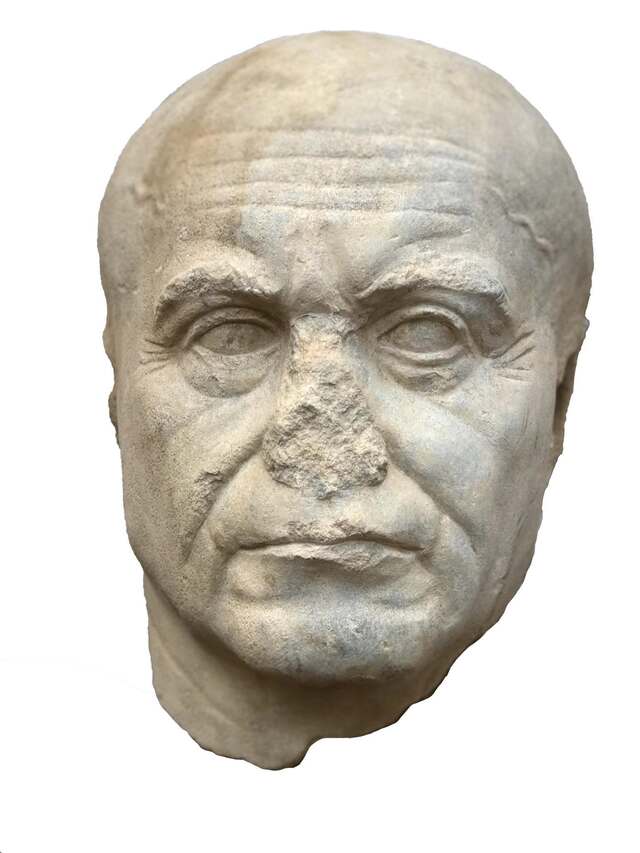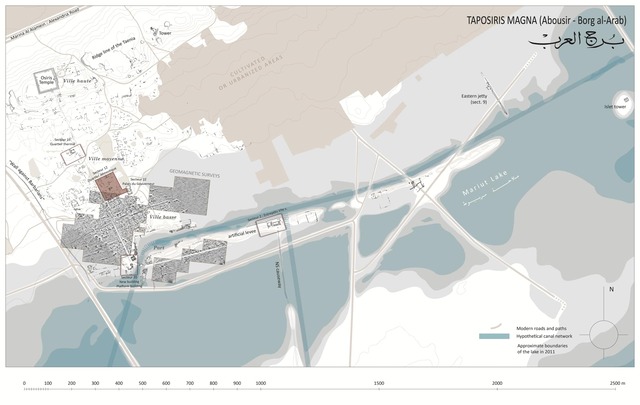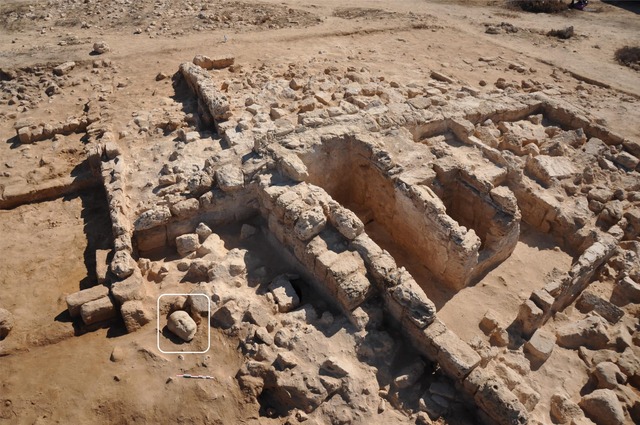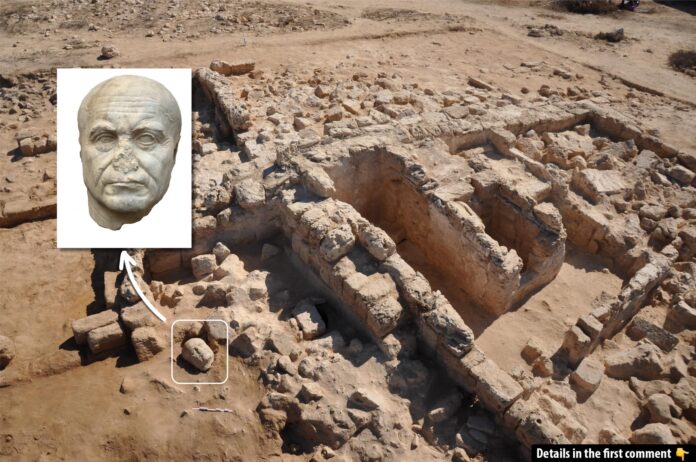In the ancient city of Taposiris Magna, nestled 45 kilometers west of Alexandria, a recent archaeological discovery has captivated historians and art enthusiasts alike. A French archaeological mission unearthed a 38-centimeter marble bust of an elderly man with strikingly realistic features. This intriguing artifact not only highlights the artistic prowess of the Ptolemaic era but also deepens the mysteries surrounding this storied site.
A Remarkable Discovery
The marble bust was discovered during excavations led by a French team from the University of Lyon and the French Institute for Oriental Archaeology. Buried within the ruins of a 7th-century AD house, the artifact predates the structure by nearly 700 years. Carved with high precision, the head depicts an elderly, bald man with wrinkles and a stern expression. Early studies suggest that the subject was not a king but a prominent public figure, likely part of the ruling elite during the Ptolemaic period.
The artifact’s size and detailed craftsmanship indicate it once belonged to a massive statue, likely housed in a politically significant public building rather than a private residence. This discovery has sparked intrigue about its origins and the reasons behind its placement in a much later structure.

Artistic Realism of the Ptolemaic Era
The bust embodies the artistic realism that flourished during the late Hellenistic period. Its intricate details reflect a shift towards more lifelike depictions, a hallmark of the Ptolemaic dynasty’s art. Wrinkles, signs of illness, and a weathered expression offer a glimpse into the era’s focus on humanizing its subjects, moving away from idealized portrayals.
Such artistic trends were not merely aesthetic but also served political and cultural purposes. By presenting public figures in realistic detail, the Ptolemaic rulers emphasized their humanity and relatability, bridging the gap between the ruling elite and the populace.
Video
Explore the mystery of five head statues found alone without bodies in Egypt – watch the video to uncover the secrets behind these intriguing ancient artifacts!
The Significance of Taposiris Magna

Taposiris Magna, founded by Ptolemy II Philadelphus between 280 and 270 BCE, holds immense historical and cultural value. The city, named after the god Osiris, was a prominent religious and political center during the Greco-Roman and Byzantine periods. Its grand temple, dedicated to Osiris, underscores the city’s sacred importance.
The site has yielded numerous archaeological treasures over the years, from Ptolemaic baths to intricate funerary artifacts. These discoveries paint a vivid picture of a bustling metropolis that blended Egyptian and Hellenistic traditions, serving as a testament to the region’s cultural syncretism.
Unraveling the Mystery of the Bust
The marble head raises more questions than it answers. Why was such an intricately crafted artifact found in a 7th-century house, centuries after its creation? Preliminary theories suggest that the bust may have been repurposed or relocated during a period of turmoil or reconstruction.
To uncover its secrets, archaeologists are conducting further studies to identify the subject and trace its historical trajectory. Restoration work has also commenced to preserve the bust and ensure its enduring legacy.
Recent Discoveries at Taposiris Magna

The marble bust is the latest in a series of remarkable finds at Taposiris Magna. In December 2024, archaeologists uncovered funerary and ritual objects dating back to the late Ptolemaic era. These artifacts provide invaluable insights into the site’s historical, religious, and cultural significance.
The cumulative discoveries at Taposiris Magna highlight its prominence from the reign of Ptolemy IV onward. As researchers continue to explore the site, they unravel layers of history that deepen our understanding of the Ptolemaic era and its impact on Egyptian civilization.
Cultural and Global Implications
The discovery of the marble bust offers a window into the complexities of Ptolemaic society. From its artistic trends to its political structures, the artifact sheds light on an era marked by cultural fusion and innovation. It also underscores the global significance of ancient Egypt as a crossroads of civilizations.
For modern scholars and enthusiasts, such finds are a reminder of the enduring relevance of archaeology. Each discovery adds to the mosaic of human history, connecting the past to the present.
Conclusion
The marble bust of Taposiris Magna is more than an artifact; it is a storyteller, weaving tales of artistry, power, and cultural exchange. As archaeologists delve deeper into its mysteries, the bust stands as a symbol of the Ptolemaic era’s rich legacy. Taposiris Magna, with its sacred temples and hidden treasures, continues to captivate and inspire, reminding us of the timeless allure of ancient Egypt’s storied past.
